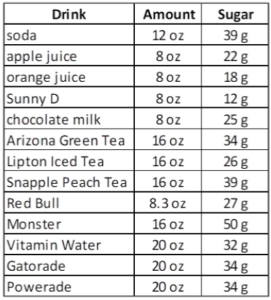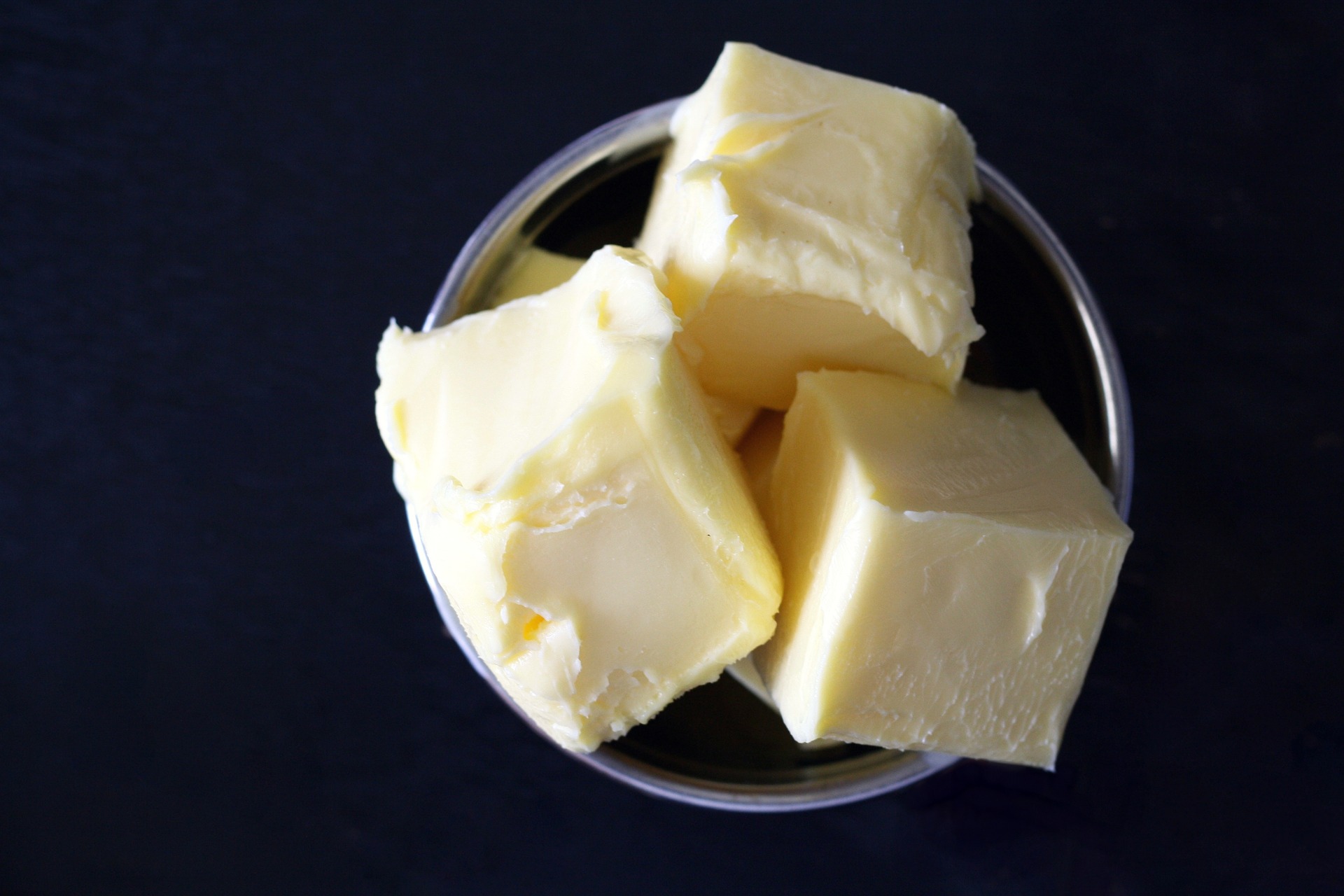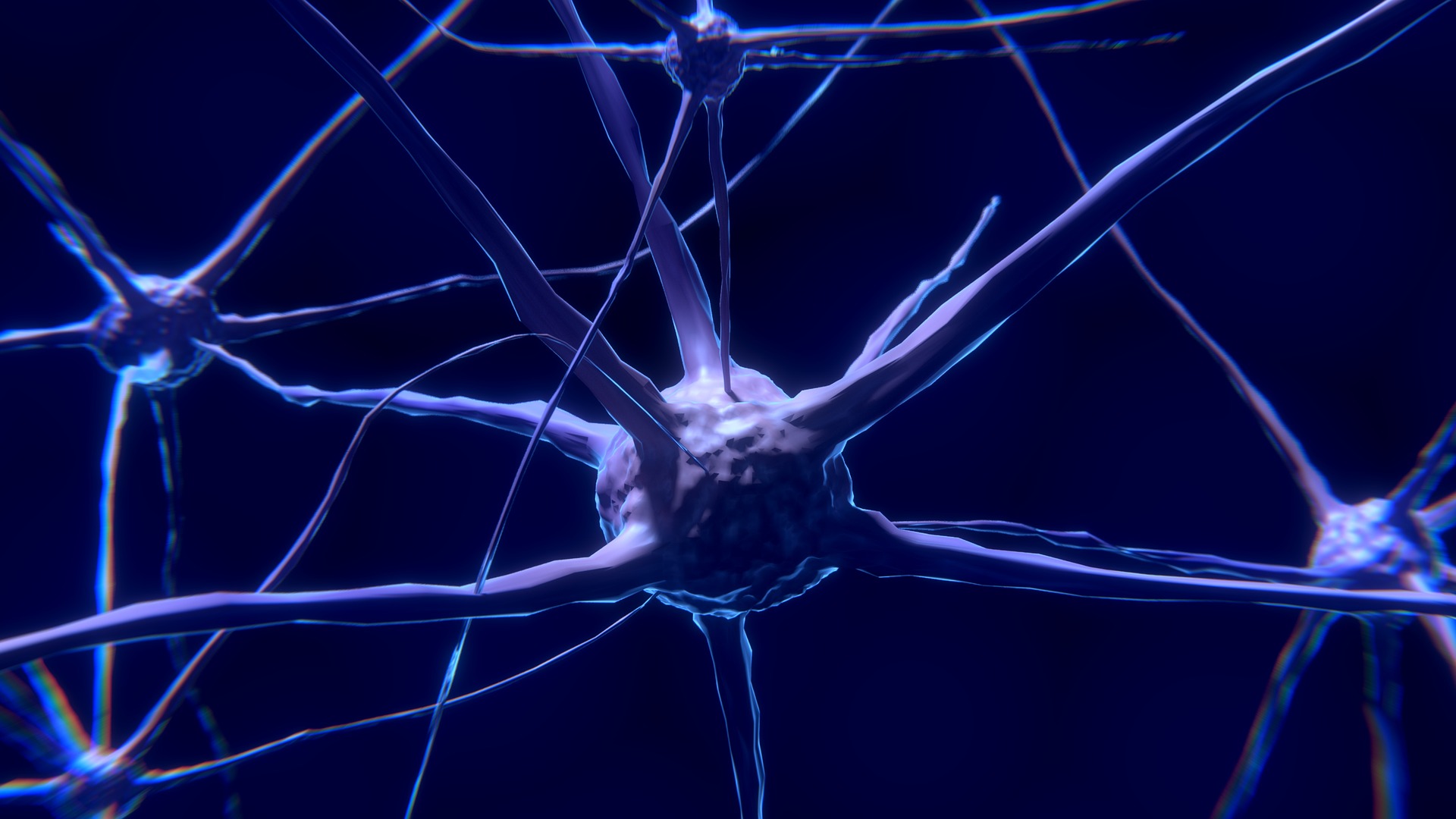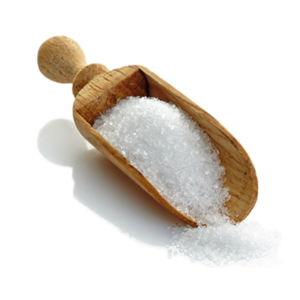
Growing up, I remember eating a bowl of Frosted Flakes cereal or Strawberry Pop Tarts for breakfast with a tall glass of orange juice – especially on mornings when we were rushed. A big dose of sugar to start the day. These foods were ‘fortified’ so this is healthy, right? I remember feeling hopeful at lunchtime that there may be a fun treat packed inside – maybe some fruit chews, chocolate chip cookies or a Ding Dong? And I always looked forward to that after dinner treat when celebrating a good grade on a test or completion of all my chores without complaint. As an adult, I turned to sweets as a reward or when things got stressful.
Sugar Consumption
Over the past 30 years Americans have steadily increased consumption of sugars. In the 1700’s people were eating just 4 pounds of sugar a year (5 grams per day). By 1822, it increased to just 7 pounds a year (9 grams a day). In 1822, it would take five days to consume the amount of sugar found in just one 12 ounce soda today!
The United States Department of Agriculture (USDA) reports that the average American today consumes between 150 to 170 pounds of refined sugars in one year. At the lower range, that’s 49 teaspoons (186 grams) of sugar a day.
Health Effects
With the increase in sugar consumption, we are also seeing a rise in many serious diseases. There is growing scientific evidence that links eating too much added sugar to things like heart disease, diabetes, cancer and fatty liver. On average, one in three U.S. children born in 2000 will become diabetic (CDC June 2003). Today, 31% of American adults and 13% of kids suffer from non-alcoholic fatty liver disease (NAFLD). There are also many studies that link high blood sugar to cognitive decline and Alzheimer’s disease.
Hidden Sugar
Sugar is where you expect it – in pastries, cookies, cakes, candy, sodas and ice cream. But 80% of food items sold in U.S. Grocery stores contain added sugar. It can be found in bread, crackers, meats, frozen meals, condiments (Ketchup, BBQ sauce, mayonnaise, teriyaki sauce), pasta sauces, marinades, salad dressings, jams, peanut butter, breakfast cereals, granola, yogurt, fat-free snacks, iced tea, flavored milk, vitamin water and energy/sports drinks. Sugar can also be found in certain types of pharmaceuticals, to coat the pills or as a carrier.
Tips to Reduce Sugar
Trying to eliminate sugar from your diet can be difficult because it is so widespread in our food supply. We get hooked and eat it out of habit. It tastes good so we want more of it. We crave it in stressful situations or as a comfort food when we are sad.
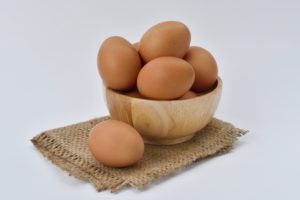
Breakfast
Eat a breakfast high in protein and fats like eggs or sausage. They will keep you feeling satisfied and full a lot longer minimizing the need for a snack mid-morning.
Beverages
Beverages are a huge source of sugar today. Try to cut out sodas, vitamin waters, bottled iced teas, sports and energy drinks. Fruit juices are naturally high in sugar (without the fiber to slow absorption) and manufacturers sometimes add even more. Water infused with a little lemon or cucumber and mint satisfies me.
